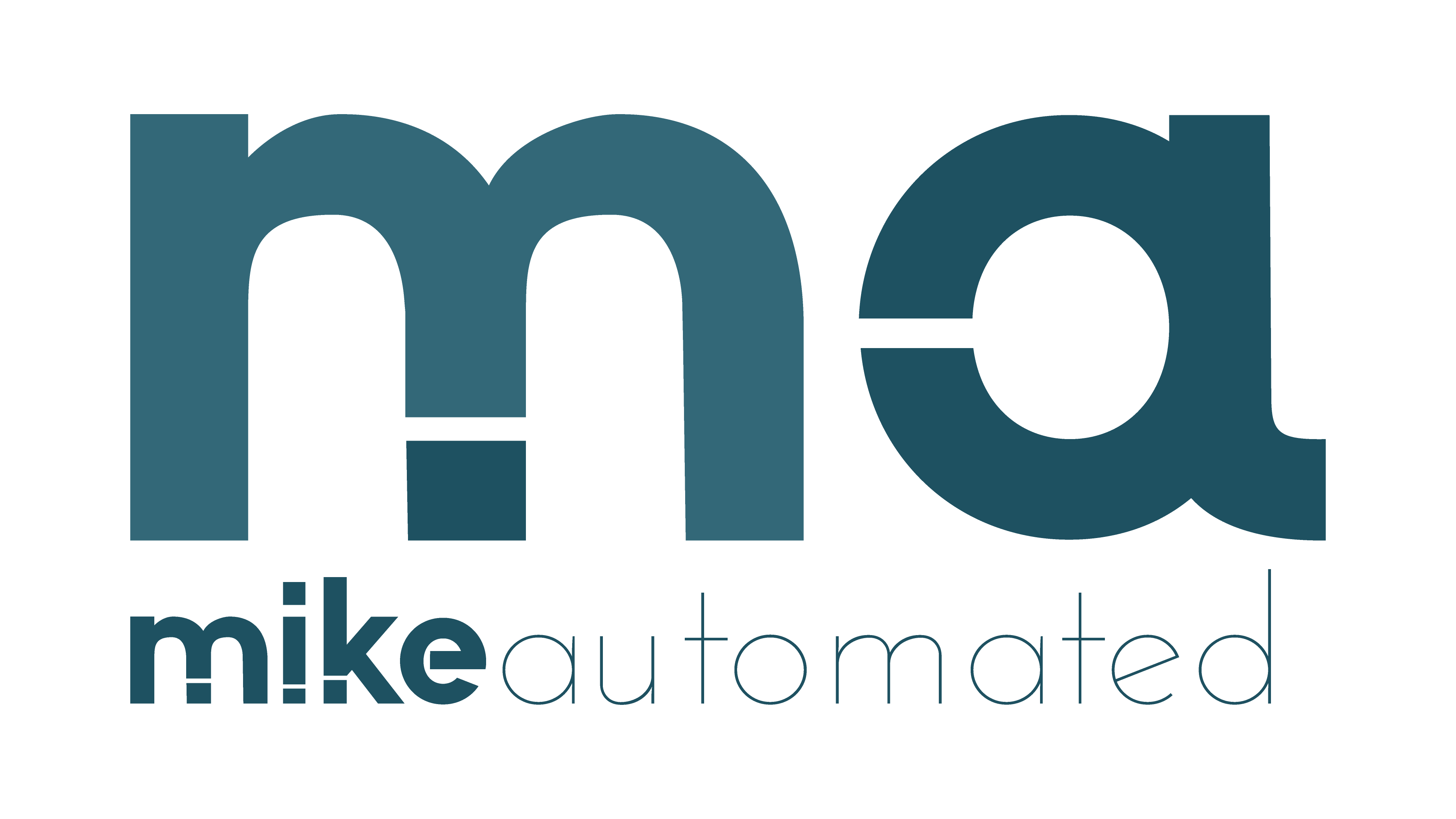TL;DR:
- Artificial Intelligence (AI) continues to evolve rapidly in 2023 with breakthroughs in automation, natural language processing (NLP), and generative AI models.
- Key trends include the rise of ethical AI frameworks, AI democratization through low-code tools, and the integration of AI in industries like healthcare and education.
- Real-world applications include personalized learning, autonomous vehicles adoption, and efficient data-driven decision-making for businesses.
- Sustainability and energy efficiency are now major focuses in AI development, with green AI gaining traction.
- Staying updated and adapting AI trends in your field is essential for future-proofing businesses and careers.
The Current Landscape of AI in 2023
Artificial intelligence has come a long way, and 2023 is another landmark year for its progress. AI is no longer confined to tech circles; it is a mainstream element of daily life and business strategies. From virtual assistants like Siri and Alexa to complex AI applications in healthcare and autonomous vehicles, the technology continues to break new ground. However, AI’s rapid development brings not only opportunities but also significant challenges, especially in terms of ethics, accessibility, and sustainability.Key Future Trends in AI
1. Generative AI Models Take Center Stage
Generative AI tools like OpenAI’s ChatGPT, DALL·E, and similar platforms are growing in prominence. With applications in content creation, code generation, virtual simulations, and customer service, these models attract significant investment and attention. In 2023, generative AI is increasingly versatile, capable of producing high-quality outputs with minimal human intervention. Creative sectors like marketing, filmmaking, and game design are rapidly integrating generative AI capabilities to enhance efficiency and innovation. Example: A marketing agency can now generate tailored ad copy for specific demographics using AI, reducing turnaround time and boosting audience engagement.2. Low-Code and No-Code AI Democratization
AI development is no longer restricted to highly skilled programmers. Low-code and no-code AI platforms have made it possible for non-technical users to build, train, and deploy AI systems with minimal coding knowledge. These platforms are empowering small businesses and entrepreneurs to leverage AI without requiring major IT investments. This trend ensures greater accessibility and fosters innovation across industries.3. Ethical AI Gains Momentum
In 2023, conversations around ethical AI development are more urgent than ever. Governments and organizations are racing to implement frameworks that ensure AI systems are fair, transparent, and free from biases. Industries are adopting algorithms designed to avoid ethical pitfalls, such as discriminatory lending practices or biased hiring processes. Companies that prioritize ethical AI gain consumer trust, which is increasingly vital for success in today’s competitive environment. Actionable Tip: Businesses should establish clear guidelines for reviewing and auditing their AI algorithms to ensure compliance with ethical standards.4. AI in Healthcare and Medicine
Healthcare is a domain where AI has shown transformative potential in diagnostics, treatment planning, and administrative workflows. In 2023, predictive analytics powered by AI is helping hospitals anticipate patient admissions, optimize resource allocation, and personalize care. Additionally, AI-driven drug discovery processes are accelerating the pace of medical advancements. Example: AI tools can analyze a patient’s health records and recommend customized treatment plans, reducing the margin of error and improving outcomes.5. Sustainability and Green AI Initiatives
The rise of power-hungry models has prompted new research into sustainable AI, or “green AI.” Developers are focusing on optimizing algorithms to reduce energy consumption and environmental impact. Companies are also prioritizing AI solutions that contribute to environmental goals, such as waste reduction, energy optimization, and better climate modeling. Why It Matters: As AI adoption grows, so does its carbon footprint. Emphasizing sustainability ensures that AI remains a force for good without compromising the planet’s health.Real-World Applications of AI Trends
AI’s 2023 landscape isn’t just about technological innovation—it’s about real-world applications that drive value. Here are a few examples:- Autonomous Vehicles: Self-driving cars are becoming more prevalent, contributing to safer roadways by minimizing human error.
- Education: AI tools are improving personalized learning experiences through adaptive algorithms that cater to individual student needs.
- Business Analytics: Predictive AI models enable data-driven decision-making, offering businesses a competitive edge in volatile markets.



